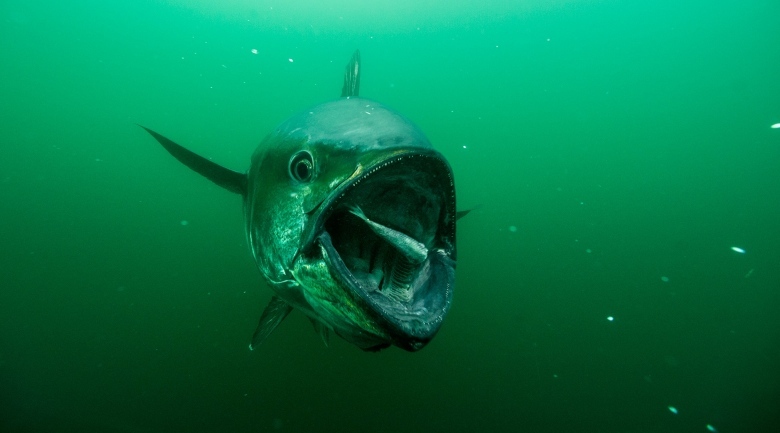
Chemicals banned in the 1970s have been found in the deepest reaches of the Pacific Ocean. Scientists were surprised by the relatively high concentrations of pollutants like PCBs and PBDEs in deep sea ecosystems.Used during much of the 20th Century, these chemicals were later found to be toxic and to build up in the environment.
The results are published in the journal Nature Ecology and Evolution. The team led by Dr Alan Jamieson at the University of Newcastle sampled levels of pollutants in the fatty tissue of amphipods (a type of crustacean) from deep below the Pacific Ocean surface.
The animals were retrieved using specially designed "lander" vehicles deployed from a boat over the Mariana and Kermadec trenches, which are over 10km deep and separated from each other by 7,000km.
The pollutants found in the amphipods included polychlorinated biphenyls (PCBs) and polybrominated diphenyl ethers (PBDEs), which were commonly used as electrical insulators and flame retardants.
PCB production was banned by the US in 1979 and by the Stockholm Convention on Persistent Organic Pollutants, a UN treaty signed in 2001.
From the 1930s to when PCBs were banned in the 1970s, the total global production of these chemicals is estimated to be in the region of 1.3 million tonnes.
Released into the environment through industrial accidents and discharges from landfills, these pollutants are resistant to being broken down naturally, and so persist in the environment.
In their paper, the authors say it can be difficult to place the levels of contamination found below the Pacific into a wider context – in part because previous studies of contamination gathered measurements in different ways.
